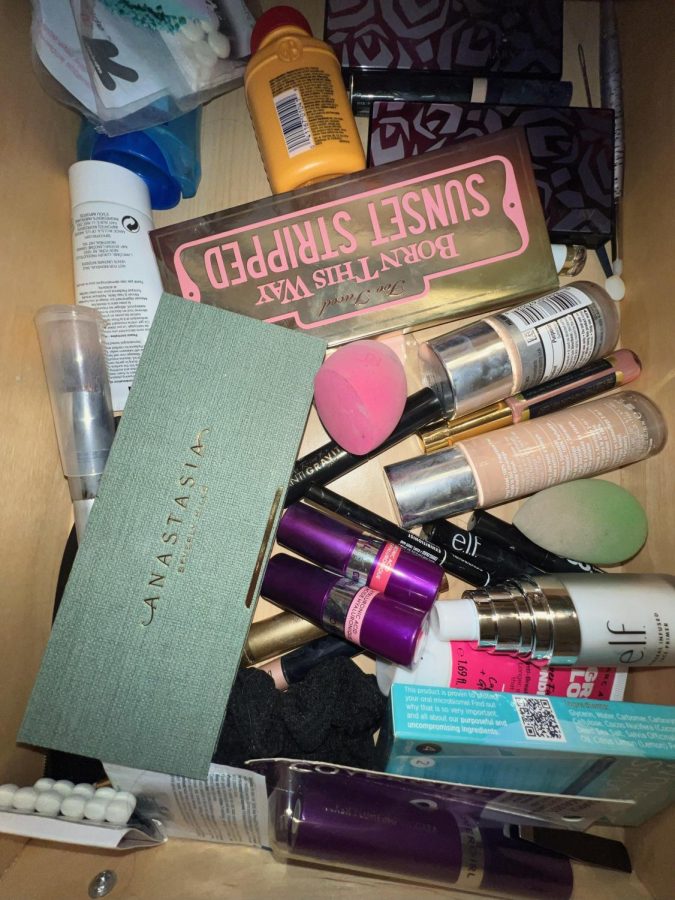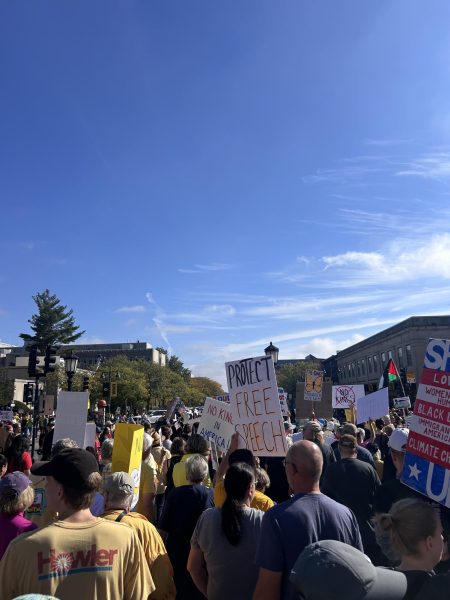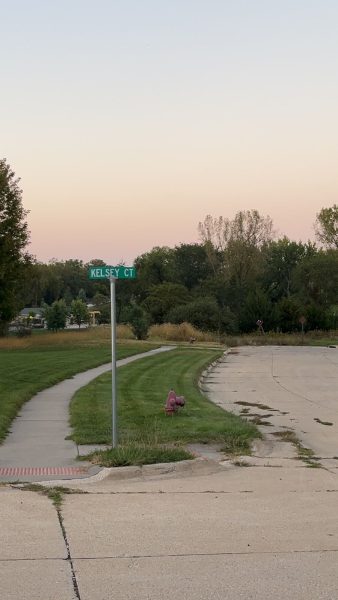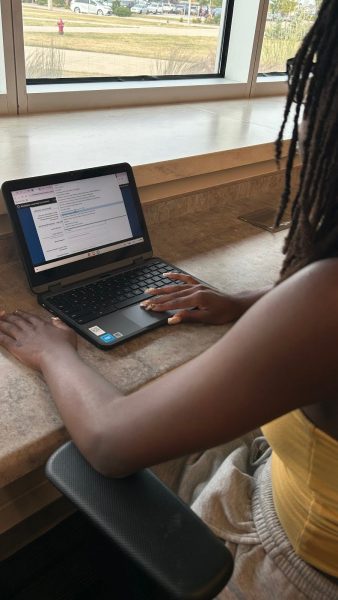The Ugly Truth of Pretty Privilege
Beauty standards are an everyday concept in society, and have been around for centuries. But do stereotypically attractive people have an advantage in their life?
Societal beauty standards pressure women, specifically young women, to wear makeup.
While scrolling through social media and looking into others’ lives, one tends to notice certain features that make a person stand out as attractive. While beauty is subjective, society seems to reward people who look a certain way.
Pretty privilege is a term that has been thrown around in the media for the last couple of years.
Pretty privilege is “[t]he association of beauty with talent, intelligence, social success, and health,” according to FirstRand.
Its effects are continuously shown in workplace environments, such as putting the stereotypically “attractive” employees where people can see them, whether that’s in the front of the store, or in an advertisement.
Pretty privilege seems to give people an edge when it comes to their professional life. Numerous studies have been conducted on pretty privilege in the workplace, and has been given the name “pulchronomics.” Pulchronomics are defined as the economics of physical attractiveness. Attractive people are generally getting more professional opportunities, and see themselves profiting, in comparison to their coworkers.
Brianna Mcilraith writes about how pretty privilege also contributes to unfair workplace gender biases in her article Pretty Privilege Has Career Costs. She explained how women in the workplace are often viewed as less professional or unfit for their job when they aren’t wearing makeup. In the article, Mcilraith goes on to explain how the expectations of appearance are largely dependent on gender. But gender isn’t the only contributing factor.
Pretty privilege is present everywhere.
Abby Stapleton, 12, explains an example of pretty privilege she’s observed. “My friend was going 20 over when she didn’t have her license. She got pulled over by a cop, and sweet-talked her way out of it,” Stapleton explained. “She is supermodel looking.”
While the term is rather new in American culture, the phenomenon of pretty privilege has been around for centuries. Science of People discusses beauty standards in different periods. In the early 1600s, women strived for a double chin and a curvy figure. This was a sign of wealth at the time, having this body type meant you were more nourished and able to afford to feed yourself.
By the 1800s, corsets were starting to rule the fashion industry, and an hourglass figure was a fundamental body type. Synching up a corset as tightly as possible was a common practice.
In the 2000s, tiny figures were all the rage. A flat chest and tiny bottom were the ideal body type at this time. This also resulted in disordered eating and normalized eating restrictions.
These examples show how much American beauty standards affect the appearance of women.
In the last couple of years, a body positive movement has emerged. People are advocating for all body types, regardless of the shape, size, gender, and physical abilities. This movement is challenging beauty standards and is all about inclusivity.
While people are working to challenge beauty standards surrounding pretty privilege, there’s no denying that pretty privilege is evident in our society. Those who are “pretty” by societal standards are those who benefit from pretty privilege. Everyday choices on one’s appearance such as wearing makeup and outfit choices can affect the way someone is viewed, and therefore, how they are treated.
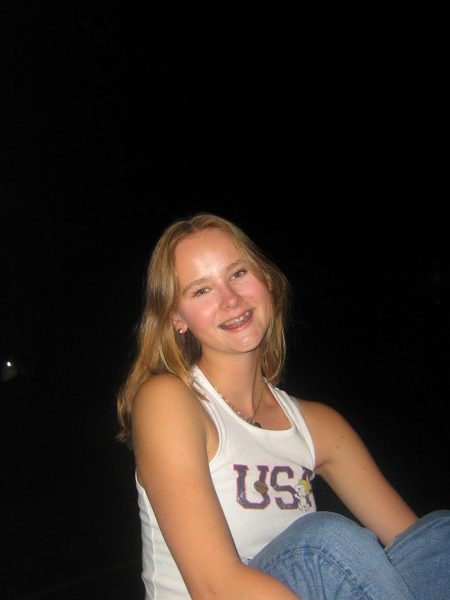
Madelyn is a senior at Liberty. This is her fourth year in Journalism! Madelyn runs cross country and track, and is a member of the speech team. Outside...

Jordyn is a senior at Liberty, this is her second year in Journalism. Outside of school, Jordyn enjoys shopping, exploring new places, and spending time...



